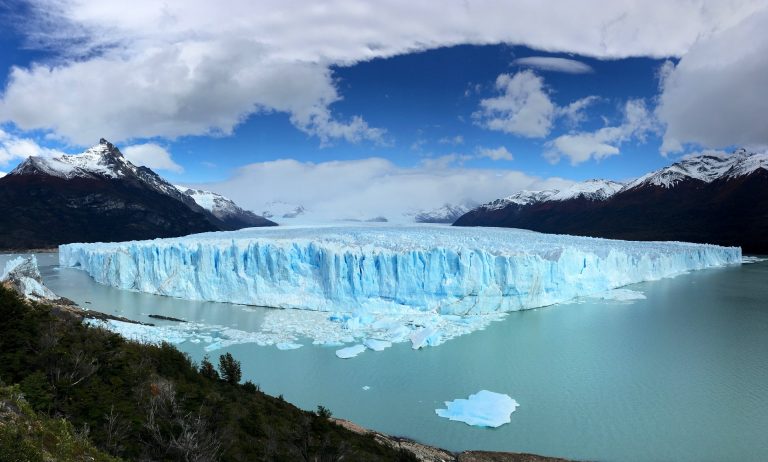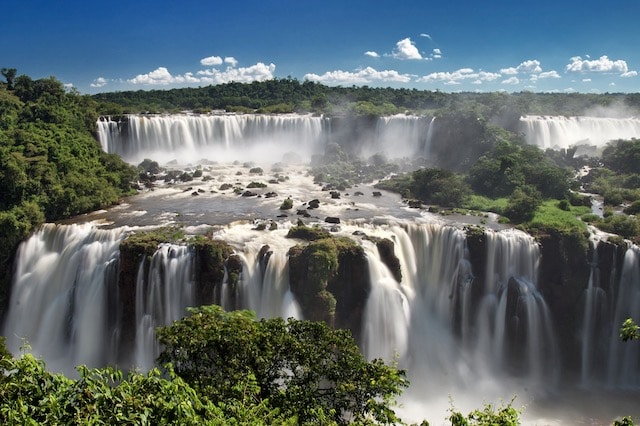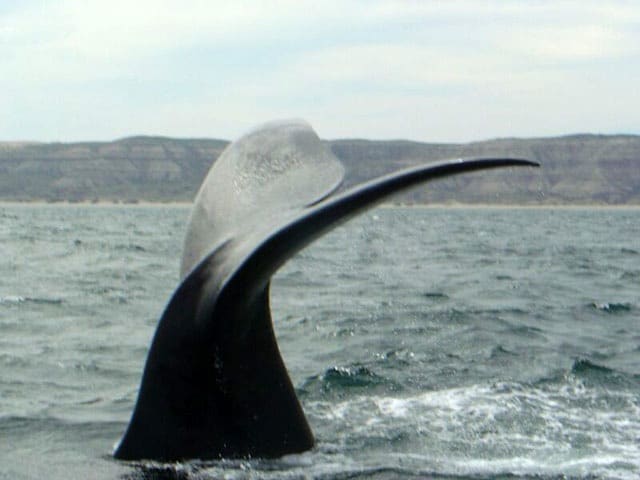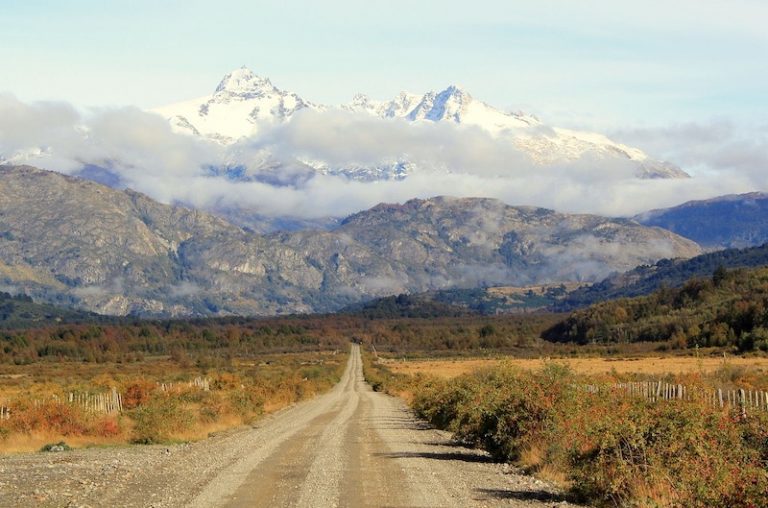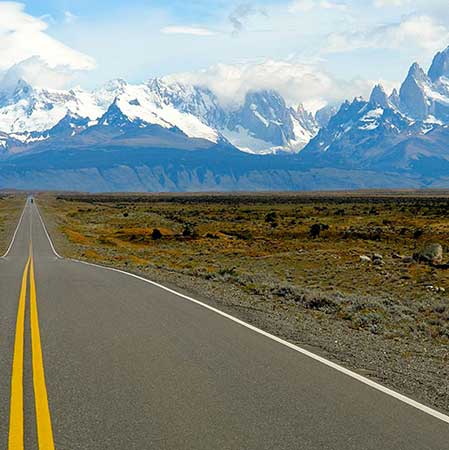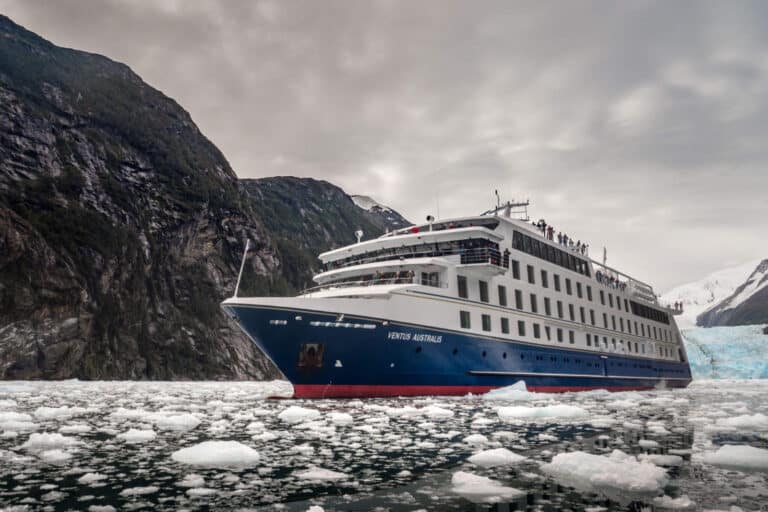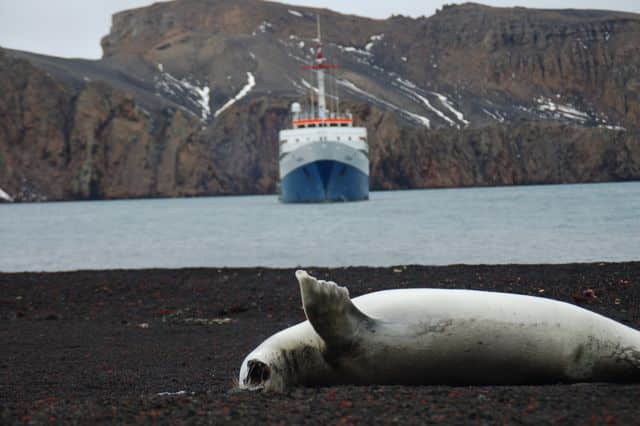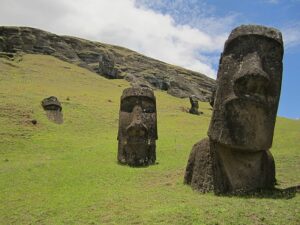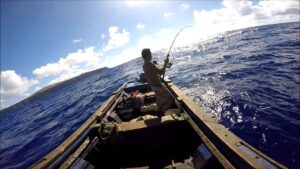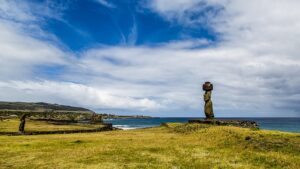Named Easter Island after the Dutch explorer Jacob Roggeveen, who saw it for the first time on Easter Day 1722, this small place composed of volcanic rock located in the vast South Seas is, even today, the most remote inhabited place on earth. Its nearly 1,000 statues, some nearly 30 feet tall and weighing up to 80 tons, remain an enigma.
Over the past few decades, archaeologists have gathered evidence that the first settlers came from another Polynesian island, but they do not agree on which one. Estimates of when people first arrived on the island vary widely, from the 1st century to the 6th century A.D. And how they found the site, whether by design or by accident, is another unresolved question.
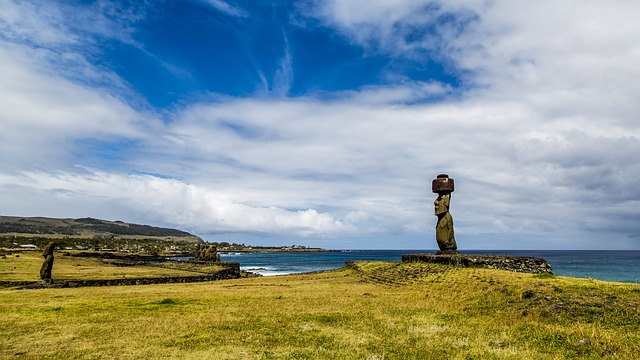
Where is Easter Island
It is only 14 miles long and 7 miles wide, the island is more than 2,000 miles off the coast of South America and 1,100 miles from its nearest Polynesian neighbor, Pitcairn Island.where mutineers from HMS Bounty hid in the 19th century.
Because it is too far south, it does not have a tropical climate and there are no coral reefs and perfect beaches. And, though battered by high winds and seasonal downpours, Easter Island nevertheless possesses a rugged beauty: a mix of geology and art, of volcanic cones and lava flows, steep and rocky cliffs. cleats.
Its megalithic statues are even more imposing than the landscape, but there is a rich tradition of island arts in forms less solid than stone: in wood and barkcloth, ropes and feathers, songs and dances, and in a lost form of pictorial writing called rongorongo, which has eluded all attempts to decipher it.
Both history and art have made this island unique. But attempts to unravel that history have produced many interpretations and arguments. The missionary’s anecdotes, the archaeologist’s shovel, the anthropologist’s oral histories and the boxes of bones have revealed something of the island’s history. But by no means all.
When did the first people arrive? Where do they come from? Why did they carve such huge statues? How did they move them and get them on the platforms? Why, after centuries, did they tear down these idols? These questions have been answered time and time again, but the answers keep changing.
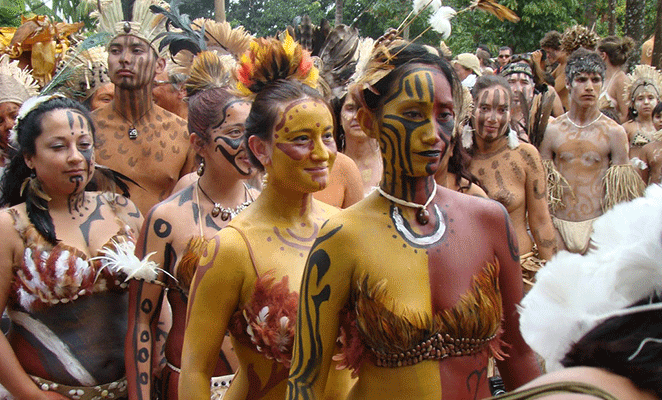
How could the first inhabitants have known where Easter Island was?
Some argue that navigators of the first millennium could never have charted a course over such immense distances without modern precision instruments.
Others argue that the early Polynesians were among the world’s most skilled seafarers: masters of the night sky and ocean currents.
An archaeoastronomer suggests that a new supernova in the ancient skies may have pointed the way. But did the travelers know the island was there? For that, science has no answer. Islanders, however, do.
They claim to be descendants of the island’s first king, Hotu Matu’a, who brought the original settlers from an island called Hiva in the Marquesas.
Easter Island, in their mother tongue, is called Rapa Nui. The platforms in the center of the are called ahu, and the statues that sit on them, moai (pronounced mo-eye).
These seven statues, according to the islanders, symbolize the seven different races that Hotu Matu’a brought with him and which became the seven tribes of Rapa Nui.
Knowing where Easter Island is and learning about its history is fascinating. The moai represent the original ancestor of the Marquesas and the kings of other Polynesian islands.
How does the first inhabitant get to where Easter Island is?
Chief Hotu Matu’a gathered his followers for a journey to a new land. Their priest, Hau Maka, had flown across the ocean in a dream and had seen Rapa Nui and its location, which he described in detail. Hotu Matu’a set sail in long double canoes, loaded with people, food, water, plants and animals. After a two-month voyage, they sailed into Anakena Bay, which was exactly as the tattooist had described it.
Trying to clarify the facts of the island’s past, and more so considering where Easter Island is, has led researchers into one puzzle after another, from the meaning of the monuments to the reasons for the outbreak of war and the cultural collapse after a thousand years of peace.
Apart from oral tradition, there is no historical record before the arrival of the first European ships. But evidence from many disciplines, such as the excavation of bones and weapons, the study of fossilized vegetation, and the analysis of stylistic changes in statues and petroglyphs, allows a rough historical sketch to emerge: the people who settled on the island found it covered with trees.a valuable resource for making canoes and eventually useful for transporting moai.
History and political situation – Where is Easter Island?
Over the next 150 years, with visits from European and American sailors, French traders and missionaries, Peruvian slave raiders, Chilean imperialists and Scottish ranchers (who introduced sheep and drove the natives off the land, enclosing them in a small village), the Rapa Nui people were almost destroyed. In 1877, only 110 natives remained on the island.
Although the population steadily recovered during the 20th century, the native islanders still do not own their land. The Chilean government claimed possession of Easter Island in 1888. and, in 1935, designated it as a national park, in order to preToday, about 2,000 natives and about the same number of Chileans crowd the island’s only village, Hanga Roa, and its surroundings. Under increasing pressure, the Chilean government is returning a small number of homes to native families, alarming some archaeologists and sparking intense debate. But although they remain largely dispossessed, the Rapa Nui people have risen from the shadows of the past, recovering and reinventingtheir ancient art and culture.
My organised trips to Patagonia
In the carousel below you can see already assembled itineraries for inspiration, click on the one you are interested in and ask me for a quote.
Compact trip through the southernmost Argentinean Patagonia: Ushuaia and El Calafate
Enjoy the 3 most relevant ecosystems in Argentina: The End of the World, The Glaciers and the Iguazu Falls.
Trip to Patagonia Argentina in 7 days touring the most beautiful landscapes of Patagonia Argentina (Peninsula Valdés & El Calafate)
The Carretera Austral by rental car is probably one of the most spectacular routes in Patagonia, designed to be travelled with plenty of time in your rental car.
Tour along Route 40 in Patagonia, starting on Route 3 on the Atlantic coast and continuing along Route 40 until reaching the Andes Mountains and El Calafate.
The Australis Cruises are Expedition Cruises that sail through the Strait of Magellan and the Beagle Channel, exploring one of the most beautiful and unspoiled regions of the world such as Patagonia and Tierra del Fuego.
The Antarctic Cruise aboard the MV USHUAIA offers you an incredible introduction to the 'White Continent' at a reasonable price.



